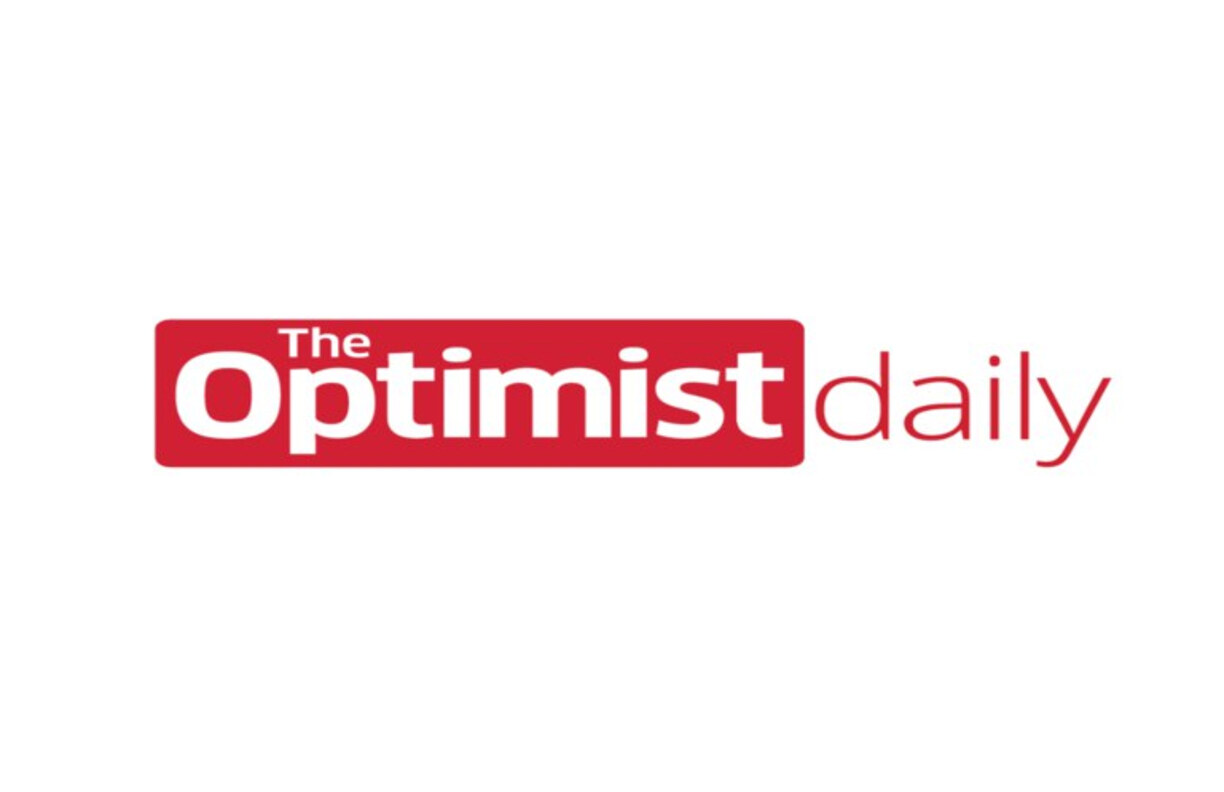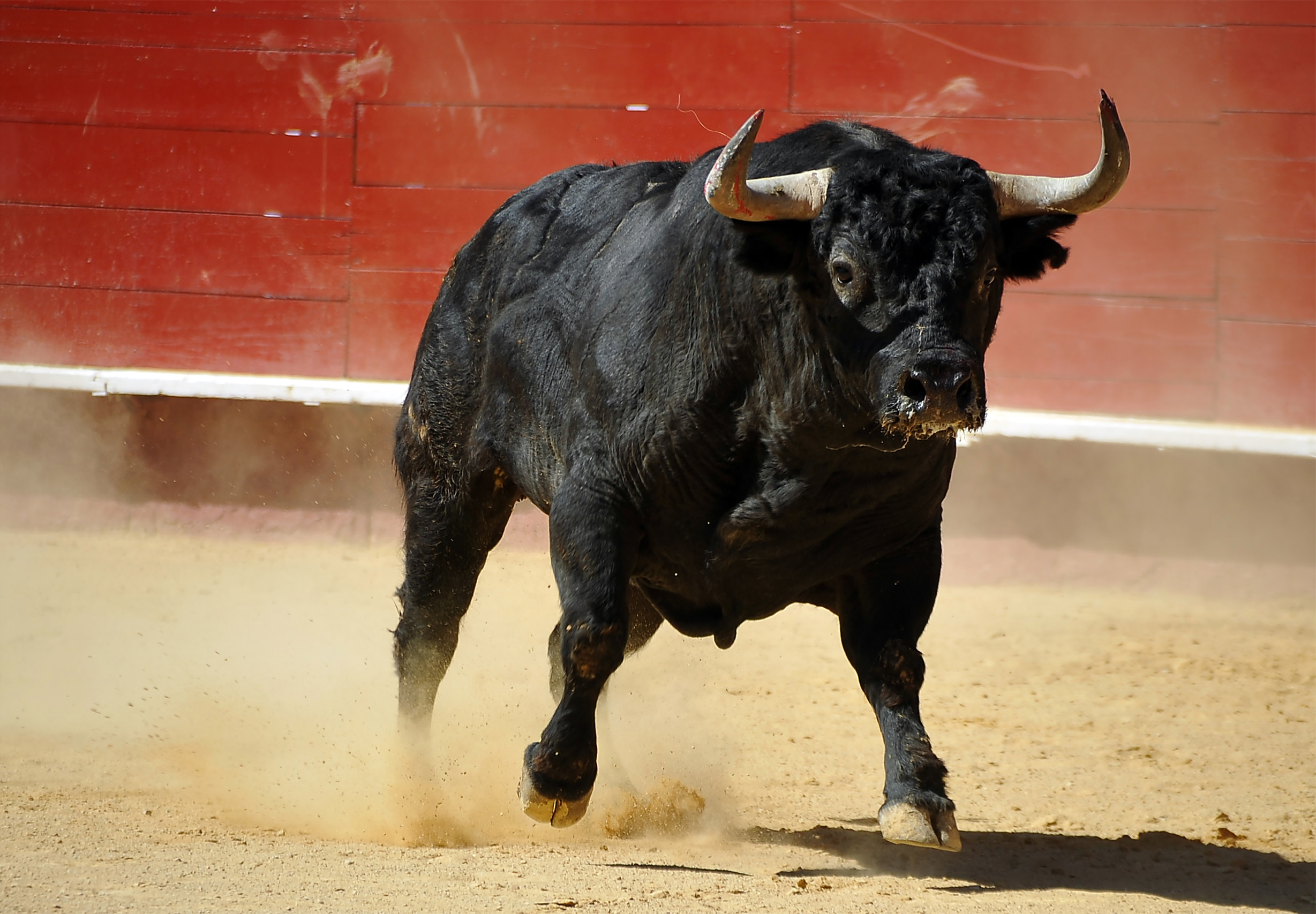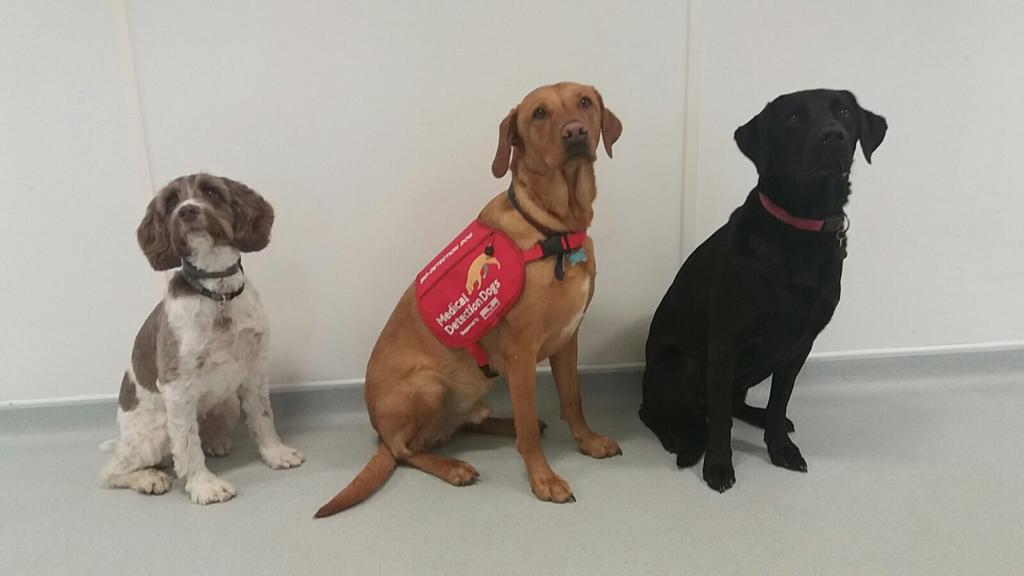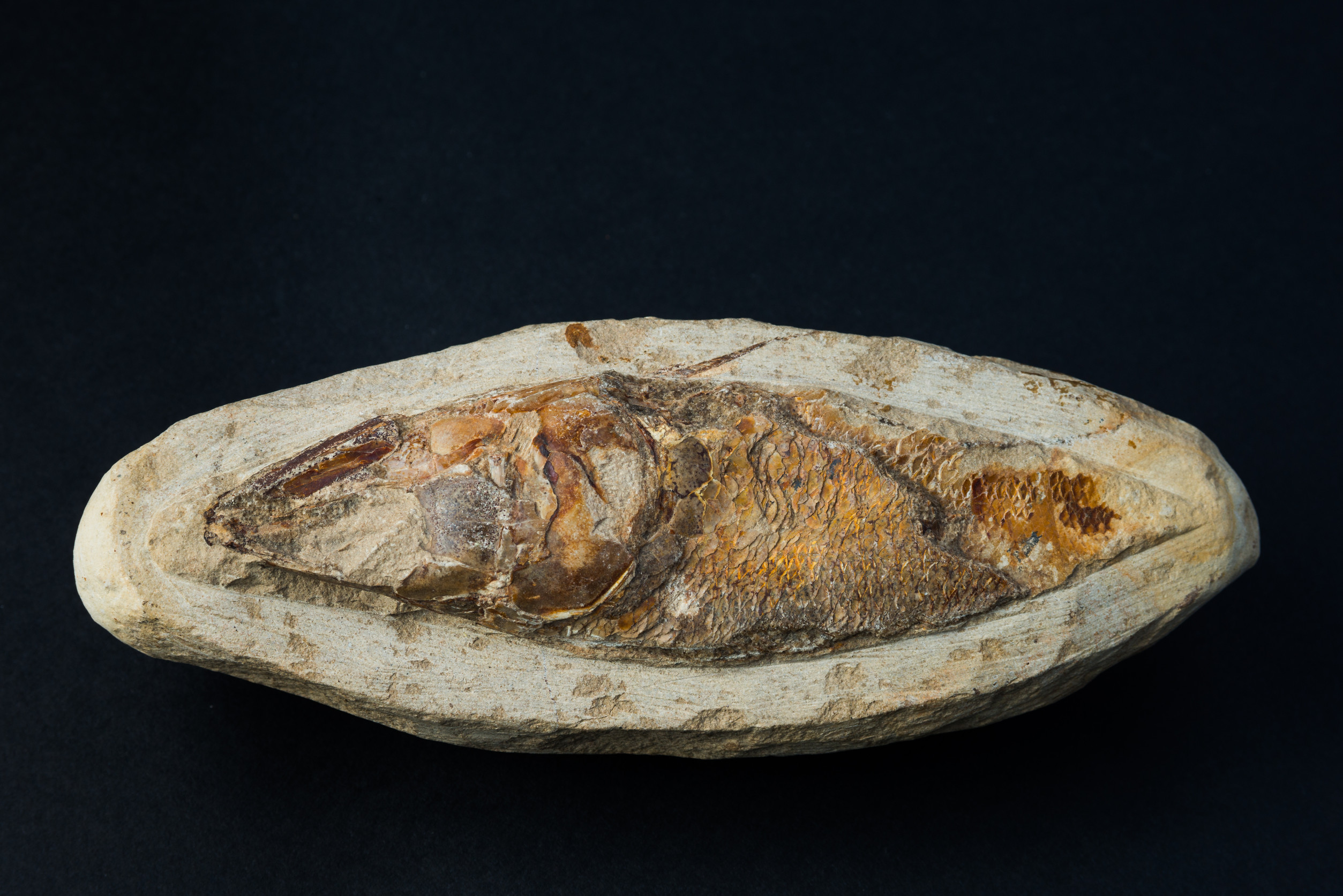Dances with Horses
Wild horses galloping through the vast expanses of the American landscape make for a powerful and iconic metaphor for freedom. For more than four years, visual artist and dancer Jetara Séhart has joined the ranks of wild horse activists, devoting her life to educating the public about the plight of wild horses and burros under the jurisdiction of the Bureau of Land Management (BLM). The federal agency, which administers more than 245 million acres (101 million hectares) of public lands in the United States, is obligated to protect the animals under the Wild and Free-Roaming Horses and Burros Act of 1971. However, “the taxpayer-funded BLM wild horse program is being used to manage the wild horses and burros to extinction,” says Séhart, “to clear the public land for a massive land grab that includes fracking, extensive cattle ranching, oil and gas projects and solar fields.”
Since 1971, 270,000 animals have been removed from a shrinking pool of protected public lands, and competition for land use rages on. It is estimated that less than 20,000 wild horses and burros are left roaming freely, many of these are targeted for removal. More than 58,000 wild horses and burros (the males are gelded – neutered ), are awaiting adoption and being held in BLM enclosures in 10 western states, living in difficult conditions and unable to propagate and pass along their genetic diversity.
In April, Séhart’s nonprofit Love Wild Horses staged an awareness march on the Golden Gate Bridge, in San Francisco. Her dream is twofold. On the one hand, there is work to be done at the federal level: enforcing the 1971 federal legislation by returning the captive geldings to protected federal land, banning the export of wild horses for slaughter, and establishing an official native-species classification of wild horses to preserve the genetic pool.
Locally, she envisions creating an education-and-healing center for horses and humans near her home
in Marin County, just north of San Francisco. “People would come for peaceful gatherings and to experience ‘horse medicine,’ ” Séhart says. “I have been approached by several practicing Buddhist monks and Mayan practitioners who would love to perform prayer circles once we are established.” | Find out more: lovewildhorses.org | Laetitia Mailhes











